TEL
Detailed Introduction of the Lead Door
Surface Materials
The surface materials of the lead door are chosen for durability, aesthetics, and functionality. Commonly, the exterior is crafted from 304 stainless steel, a high-grade alloy that is resistant to rust and corrosion. This material ensures a smooth, easy-to-clean surface that can withstand the rigorous demands of frequent use. In addition, the stainless steel finish offers a sleek and modern look that blends well with various environments.
Lead Lining
The core of the lead door's protective capabilities lies in its lead lining. This lining is typically composed of dense, high-purity lead sheets that are seamlessly integrated into the door's structure. The thickness of the lead sheets is determined based on the specific radiation levels and frequencies to be contained. This precise lining ensures maximum radiation containment and safety.
Opening and Closing Mechanisms
The lead door offers both manual and automated opening and closing options. For smaller doors or areas where manual operation is feasible, a sturdy handle or lever allows for easy and secure opening and closing. However, for larger doors or areas requiring faster and more controlled operation, electric or hydraulic drives are often preferred.
In automated systems, the door can be operated remotely using a control panel or via integrated sensors. Safety features such as emergency stop buttons, obstacle sensors, and automatic reversal mechanisms ensure safe and reliable operation. The door can also be programmed to open and close at specific times or in response to certain conditions, providing flexibility and convenience.
Hospital Applications
In hospitals, lead doors are crucial for maintaining a safe environment for patients, medical staff, and visitors. They are commonly found in radiological departments, nuclear medicine labs, and radiation therapy suites. The doors' lead lining effectively blocks the escape of harmful radiation, protecting personnel from potential exposure.
In addition, the lead doors' smooth and easy-to-clean surfaces help maintain a hygienic environment. The stainless steel finish is also resistant to chemicals and disinfectants, ensuring the door's durability and longevity in healthcare settings.
Industrial Uses
In industrial settings, lead doors are essential for controlling and containing radiation leaks. They are commonly found in nuclear power plants, research laboratories, and other facilities dealing with radioactive materials. The dense lead lining ensures maximum radiation containment, protecting workers and the surrounding community from potential harm.
The doors' sturdy construction and reliable operation ensure long-term performance and durability in industrial environments. They can be customized to fit various sizes and configurations, providing a tailored solution for each specific application.
Conclusion
The lead door is a vital component in radiation protection, offering robust and effective shielding against harmful ionizing radiation. Its construction, using high-grade stainless steel and dense lead lining, ensures maximum safety and durability. Whether in hospitals or industrial facilities, the lead door serves as a crucial barrier, protecting personnel and the environment from the dangers of radiation exposure.
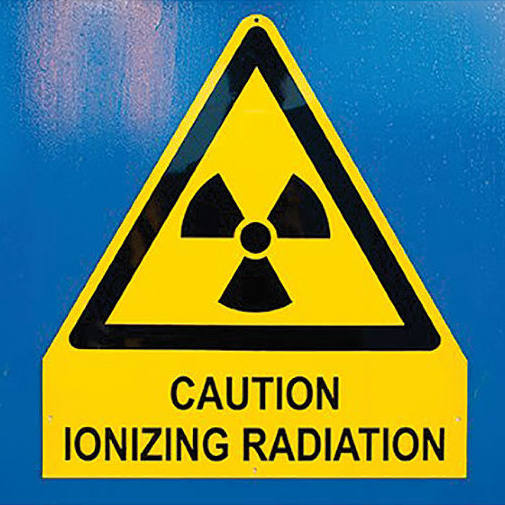

Common Package:
Waterproof Kraft Paper + Wooden Pallet (each 3 tons) + Bundle with steel strip.
Or Package can also according to your requirements.
The time of delivery:
Within 7-10 days after receipt of advance payment
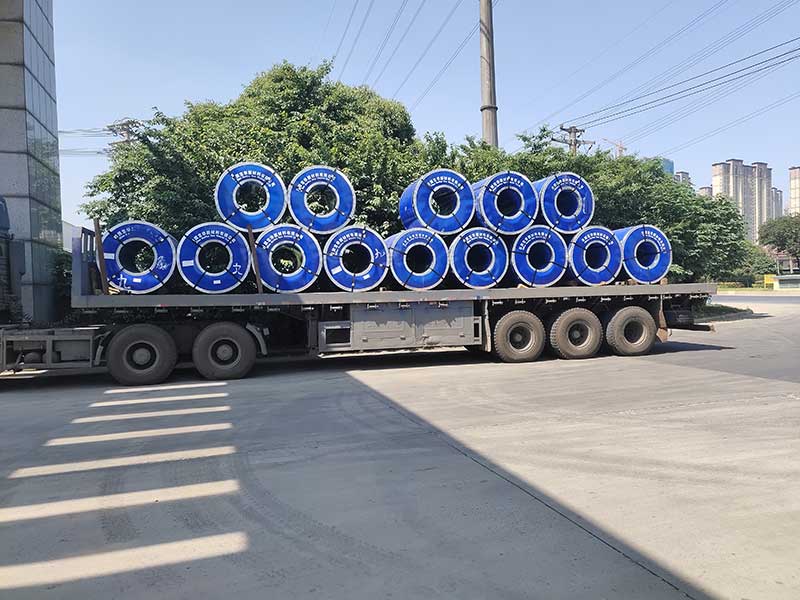
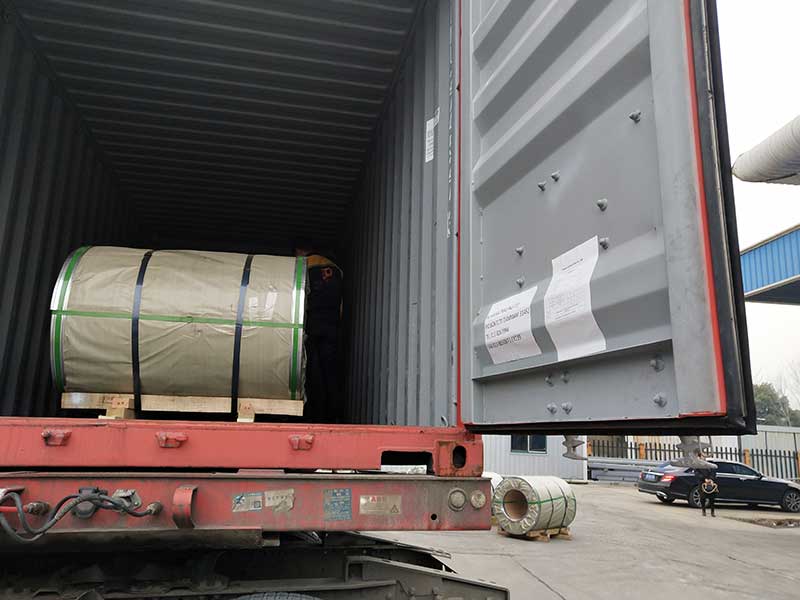
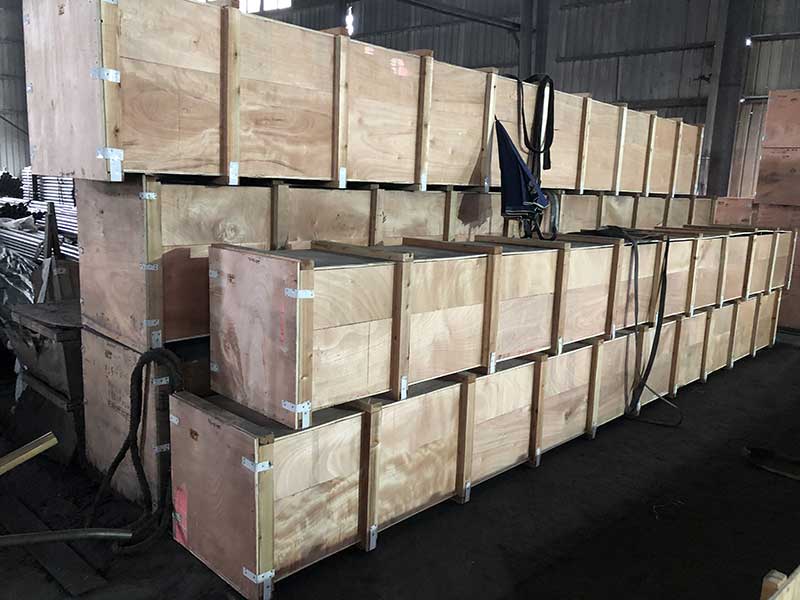
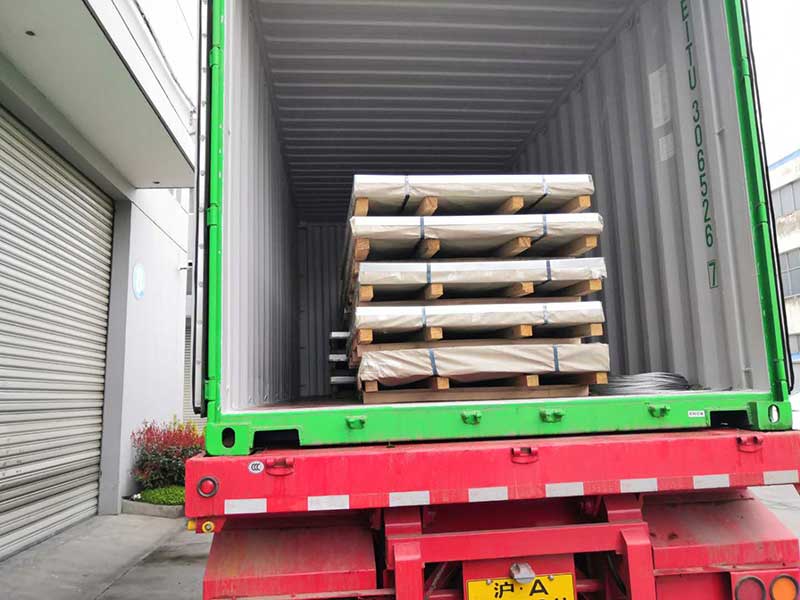
Copyright © 2018-2021 Shandong Gangpu Metal Materials Co., Ltd All Rights Reserved.